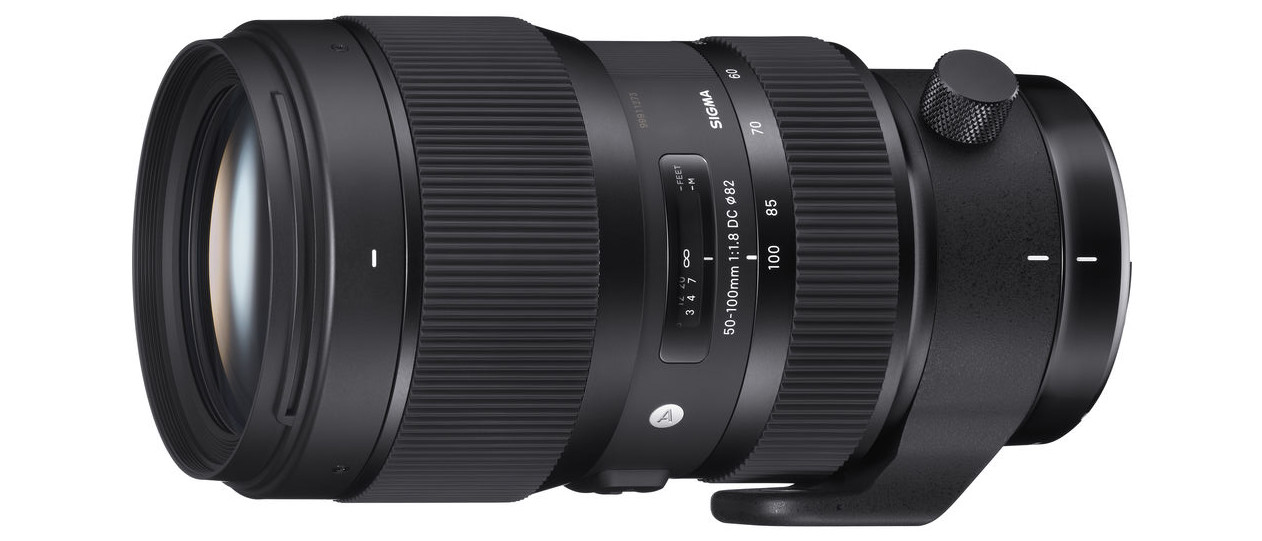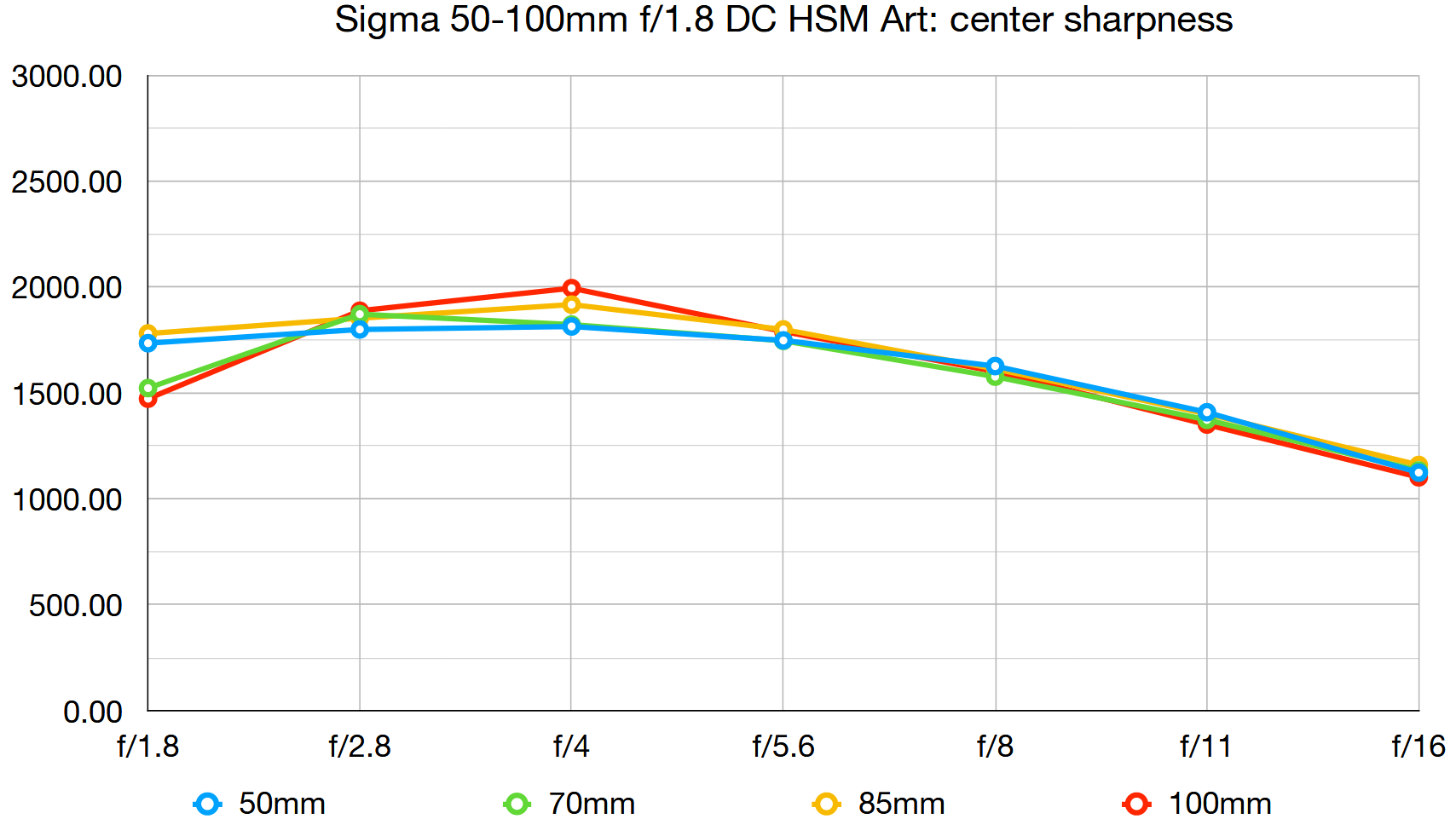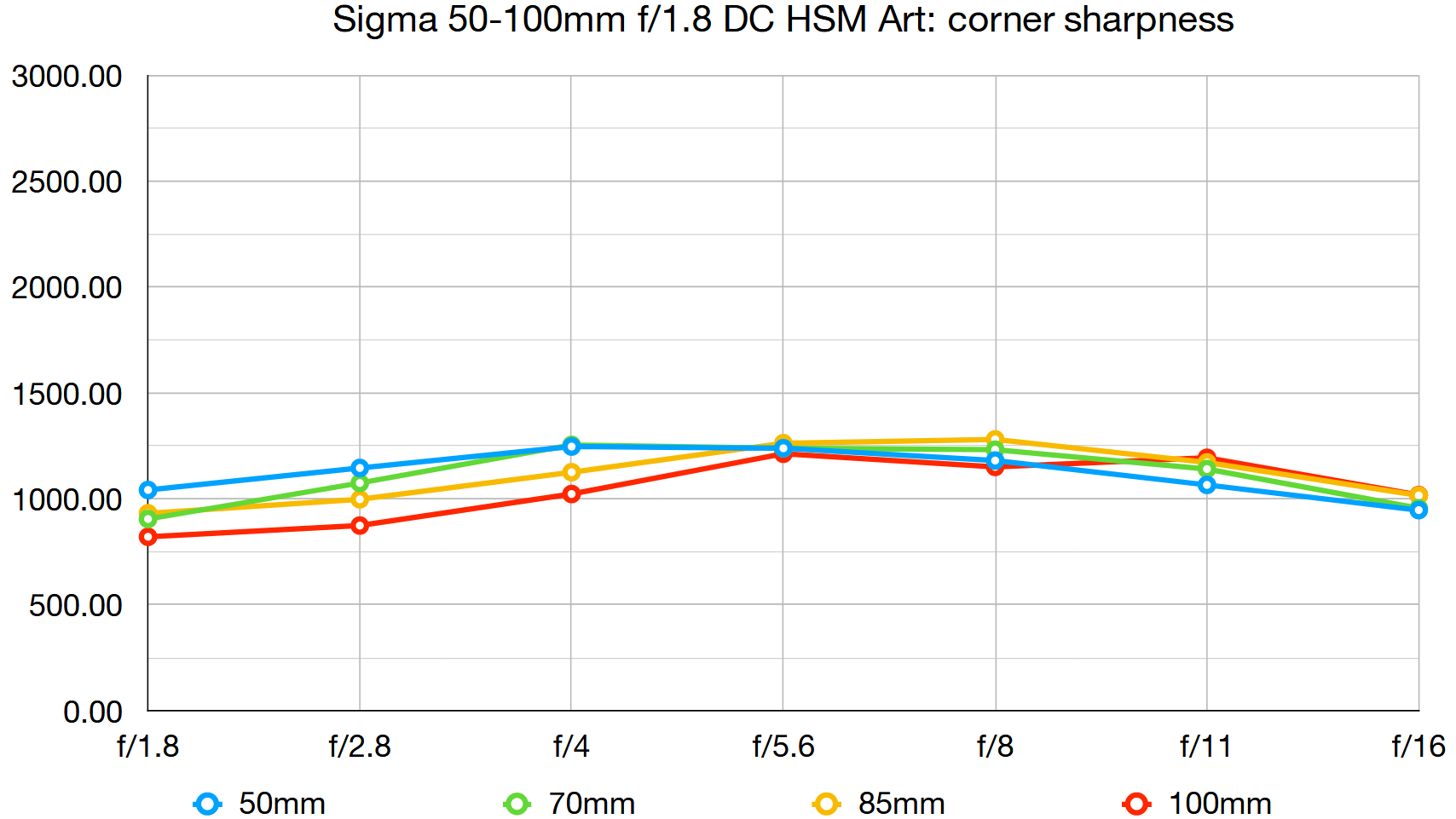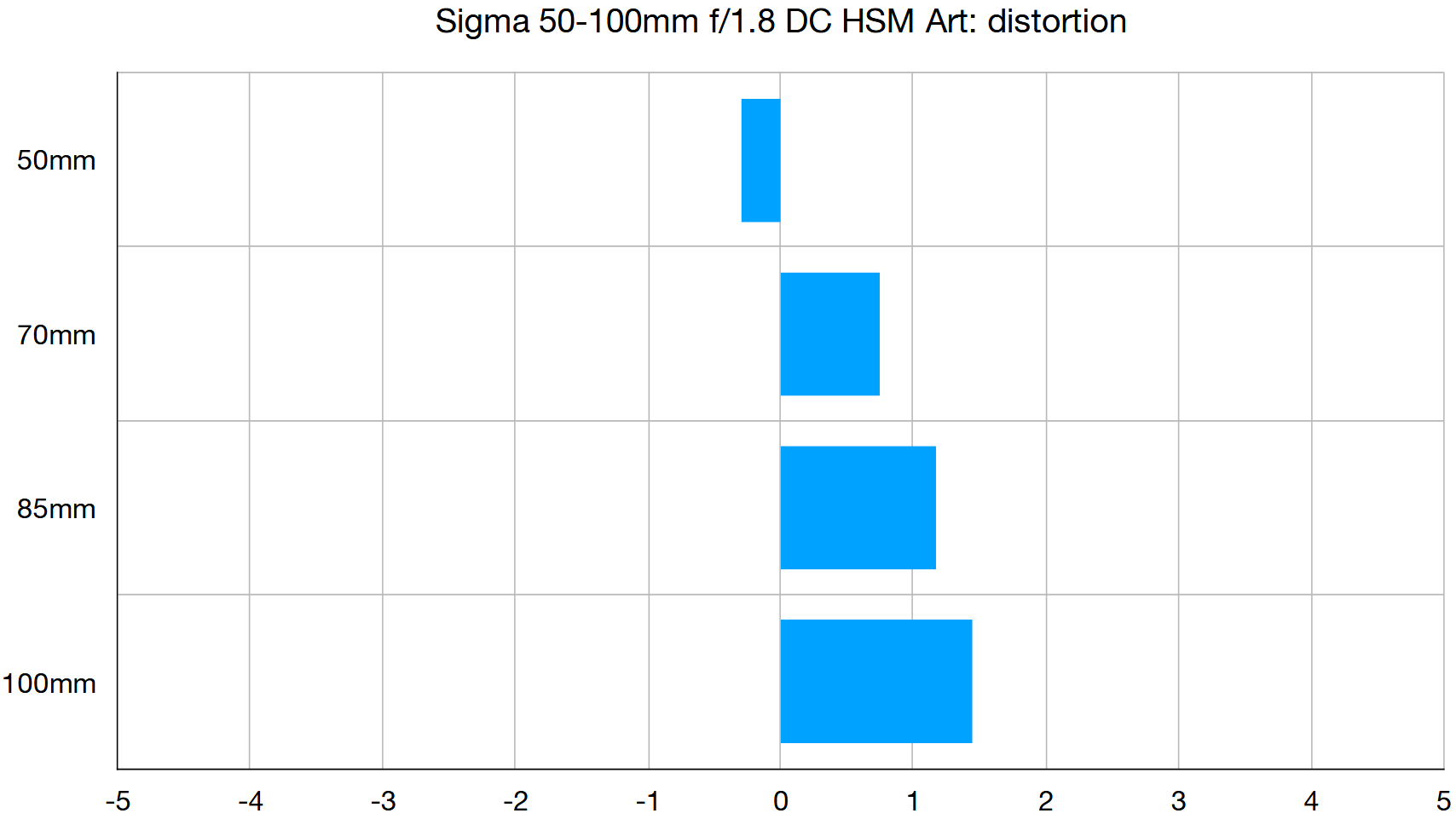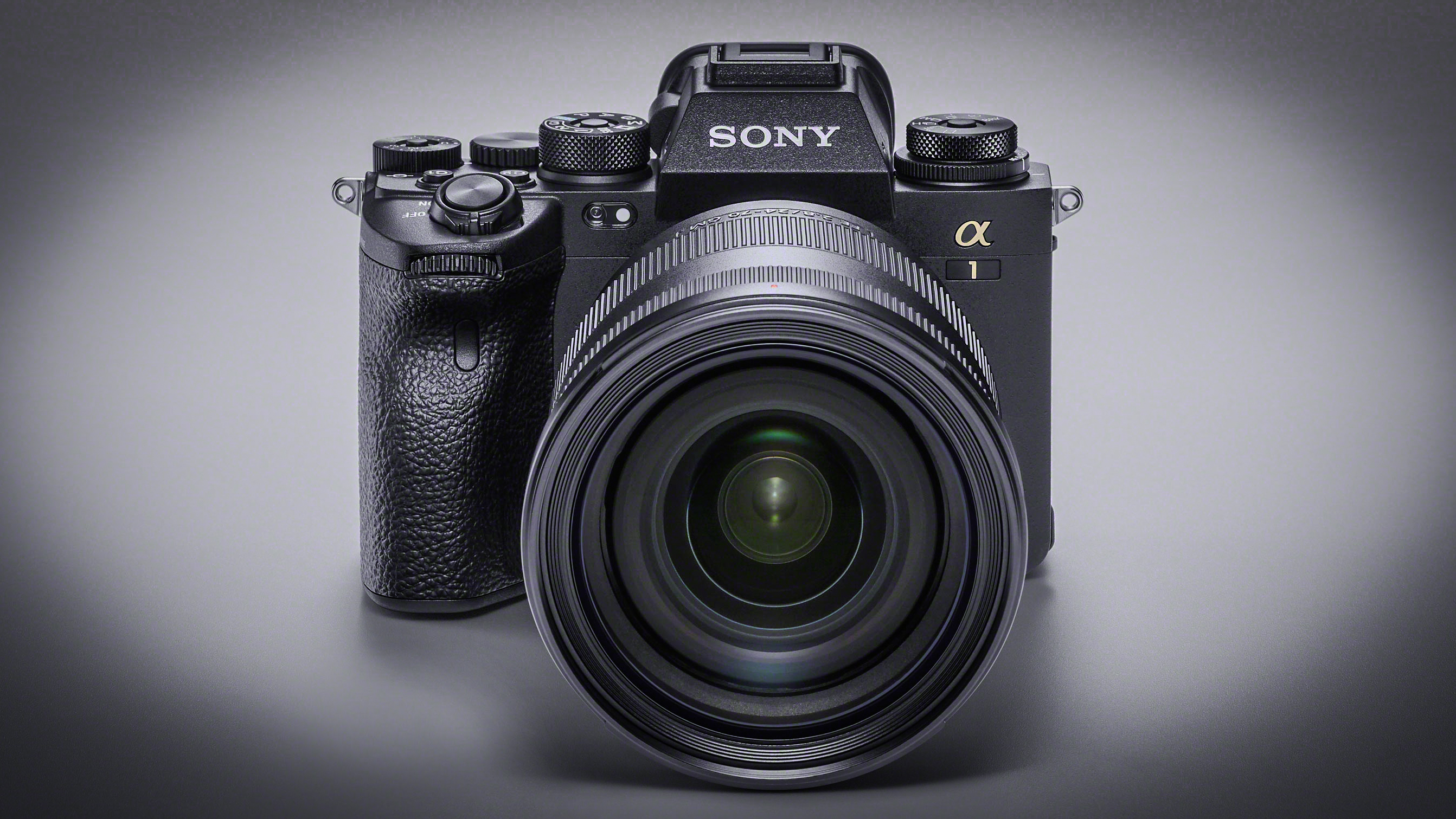Digital Camera World Verdict
Designed for APS-C format Canon and Nikon DSLRs, this telephoto zoom gives an ‘effective’ range of 80-160mm or 75-150mm respectively. That’s not far off the 70-200mm range of ‘trinity’ telephoto zooms for full-frame cameras but, given that a tight depth of field is harder to get with an APS-C format camera, the step up in aperture rating from f/2.8 to f/1.8 makes this Sigma a highly desirable lens. It’s very good value too, if you take the view that it can effectively replace three f/1.8 prime lenses.
Pros
- +
Fast and constant f/1.8 aperture
- +
Useful effective zoom range
- +
Impressive all-round performance
Cons
- -
Lacks weather-seals
- -
Heavy at nearly 1.5kg
- -
No smooth autofocus transitions for video
Why you can trust Digital Camera World
The Sigma 50-100mm f/1.8 DC HSM Art is something of a niche lens. Many of us with APS-C format cameras are drawn to 70-200mm lenses, not only for their all-round build quality and performance, but also because they give a boosted effective zoom range once you take the crop factor into account. But if you want a ‘fast’ telephoto zoom, that’s not the only option. This Sigma lens is designed exclusively for APS-C format DSLRs and raises the bar in terms of aperture brightness.
Specifications
Mount: Canon EF-S, Nikon F, Sigma
Full-frame: No
Autofocus: Yes
Stabilization: No
Lens construction: 21 elements in 15 groups
Angle of view: 31.7-16.2 degrees
Diaphragm blades: 9
Minimum aperture: f/16
Minimum focusing distance: 0.95m
Maximum magnification ratio: 0.15x
Filter size: 82mm
Dimensions: 94x171mm
Weight: 1,460g
Key features
When you feel the need for speed, this Sigma is 1.33 f/stops faster than an f/2.8 lens, which can give significant advantages. For one thing, you can shoot with faster shutter speeds under low lighting conditions, freezing the action for floodlit or indoor sports.
However, as one of Sigma’s ‘Art’ rather than ‘Sports’ lenses, it’s really designed more for enabling a tight depth of field for creative effect. It’s ideal for still life and portraiture, when you want to combine sharpness with beautiful bokeh - the quality of defocused areas within images. Up-market glass includes FLD (Fluorite-grade Low Dispersion), SLD (Special Low Dispersion), HR (High-Refractive index) elements.
Performance
With no image stabilizer, the availability of fast shutter speeds with an f/1.8 aperture is welcome, but the autofocus system isn’t particularly quick. Sharpness and contrast are good even when shooting wide-open at f/1.8, and bokeh remains very soft when stopping down a little to f/2.8, where sharpness becomes more impressive. Color fringing and distortions are well controlled and, overall, the Sigma is a solid performer that’s solidly built.
Lab results
We run a range of lab tests under controlled conditions, using the Imatest Master testing suite. Photos of test charts are taken across the range of apertures and zooms (where available), then analyzed for sharpness, distortion and chromatic aberrations.
We use Imatest SFR (spatial frequency response) charts and analysis software to plot lens resolution at the center of the image frame, corners and mid-point distances, across the range of aperture settings and, with zoom lenses, at four different focal lengths. The tests also measure distortion and color fringing (chromatic aberration).
Sharpness:
Center-sharpness is very good even when shooting wide-open, at both ends of the zoom range. It’s not quite as impressive in the mid-range zoom sector but still excellent when stopping down a little. Corner-sharpness is more average at the widest aperture but that’s not often no real concern.
Fringing:
There’s a touch of lateral chromatic aberration towards the corners of the frame but it’s of a very low order and will typically go unnoticed.
Distortion:
The best camera deals, reviews, product advice, and unmissable photography news, direct to your inbox!
At the short end of the zoom range there’s the slightest touch of barrel distortion, switching to fairly minimal pincushion in the 70-100mm sector.
Verdict
Designed for APS-C format Canon and Nikon DSLRs, this telephoto zoom gives an ‘effective’ range of 80-160mm or 75-150mm respectively. That’s not far off the 70-200mm range of ‘trinity’ telephoto zooms for full-frame cameras but, given that a tight depth of field is harder to get with an APS-C format camera, the step up in aperture rating from f/2.8 to f/1.8 makes this Sigma a highly desirable lens. It’s very good value too, if you take the view that it can effectively replace three f/1.8 prime lenses.
Read more:
• Best camera lenses to get
• Best Canon lenses
• Best Nikon lenses
• Best Sony lenses
Matthew Richards is a photographer and journalist who has spent years using and reviewing all manner of photo gear. He is Digital Camera World's principal lens reviewer – and has tested more primes and zooms than most people have had hot dinners!
His expertise with equipment doesn’t end there, though. He is also an encyclopedia when it comes to all manner of cameras, camera holsters and bags, flashguns, tripods and heads, printers, papers and inks, and just about anything imaging-related.
In an earlier life he was a broadcast engineer at the BBC, as well as a former editor of PC Guide.
